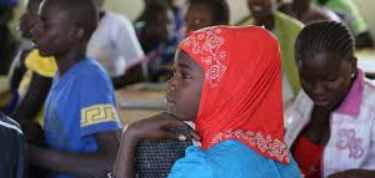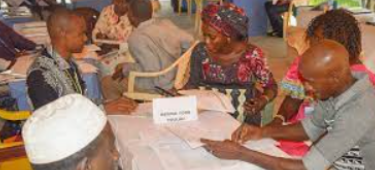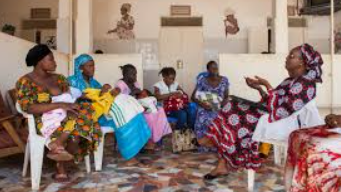Educational and Apprenticeship Programs
GEIS is committed to improving the educational and apprenticeship programs in Sub-Saharan African communities. The primary occupations of most people in this region are agriculture-related, and there is a significant need for industrial development. International NGOs, government agencies, and private foundations are actively involved in the following activities:

1. Government Initiatives
- Many Sub-Saharan African governments have recognized the importance of education and skills development in their national development agendas. They have been working on policies and strategies to enhance the quality of education and promote vocational training.
2. Partnerships with International Organizations
- Collaborations with international organizations such as UNESCO, World Bank, and various non-profits have been instrumental in providing financial and technical assistance to improve education and apprenticeship programs.


3. Skill Development Programs
- Some countries have been focusing on the development of technical and vocational education and training (TVET) programs to equip students with practical skills that are in demand in the job market.
4. Public-Private Partnerships
- Partnerships between governments, private sector entities, and educational institutions have been formed to bridge the gap between education and industry needs. This involves creating curriculum tailored to industry requirements and providing apprenticeship opportunities.


5. Infrastructure Development
- Investments in educational infrastructure, including the construction and renovation of schools and training centers, have been made to create conducive learning environments.
6. ICT Integration
- Integration of Information and Communication Technology (ICT) in education has been a focus to enhance the quality of teaching and learning. This includes providing access to digital resources and online learning platforms.


7. Community Engagement
- Involving local communities in the educational process is crucial. This can include awareness campaigns, community-based educational programs, and initiatives to increase parental involvement in children’s education.
8. Gender Inclusivity
- Efforts have been made to address gender disparities in education and apprenticeship programs, ensuring equal opportunities for both boys and girls.


9. Monitoring and Evaluation Systems
- Establishing robust monitoring and evaluation systems to assess the effectiveness of educational and apprenticeship programs is essential for ongoing improvement.
10. Entrepreneurship Development
- Some initiatives focus on fostering entrepreneurship skills, encouraging students to become job creators rather than just job seekers.





